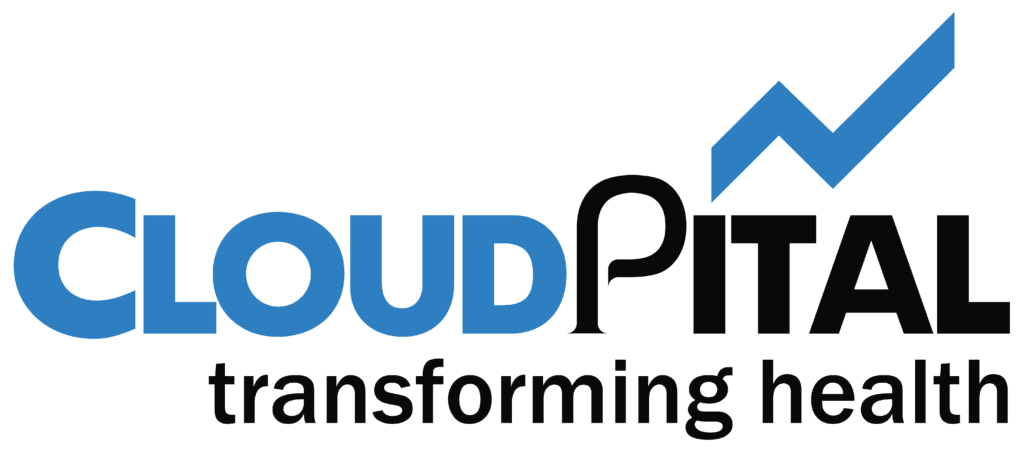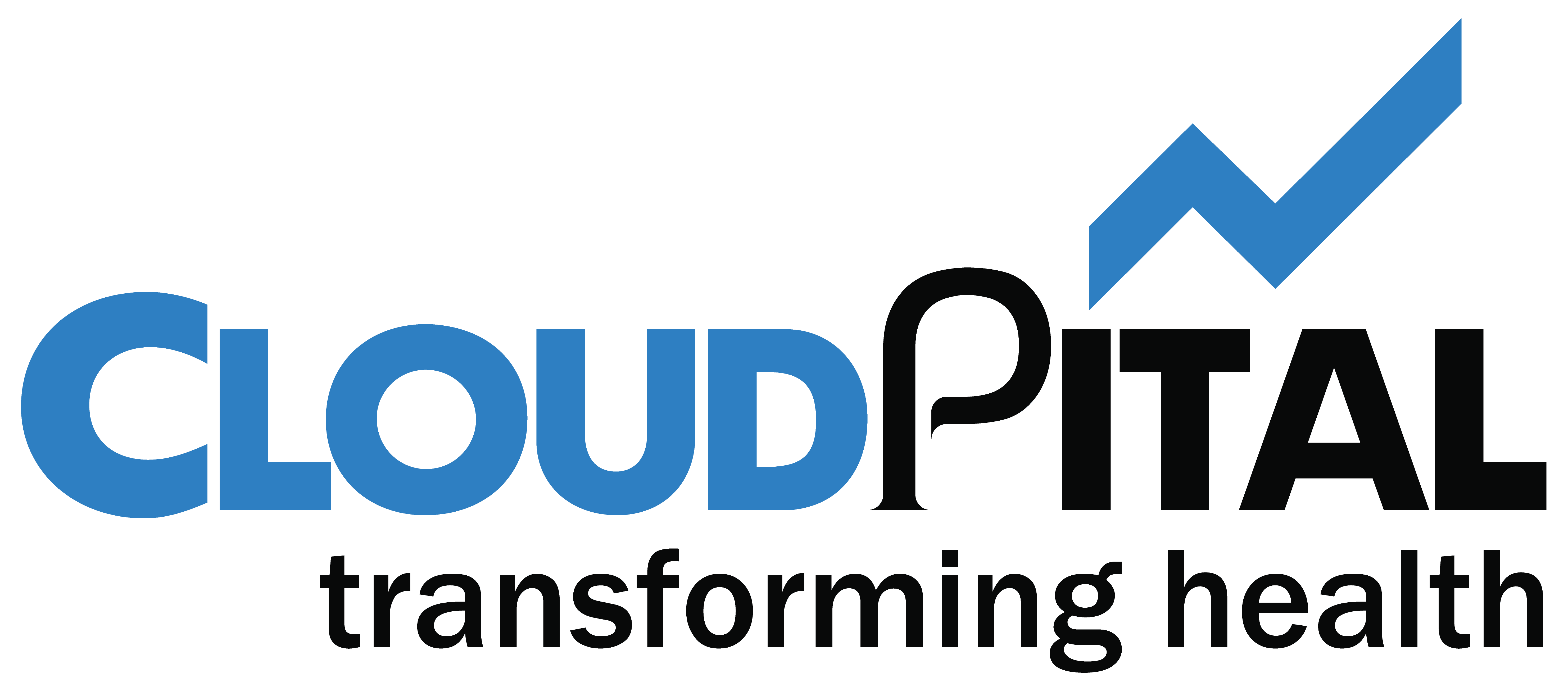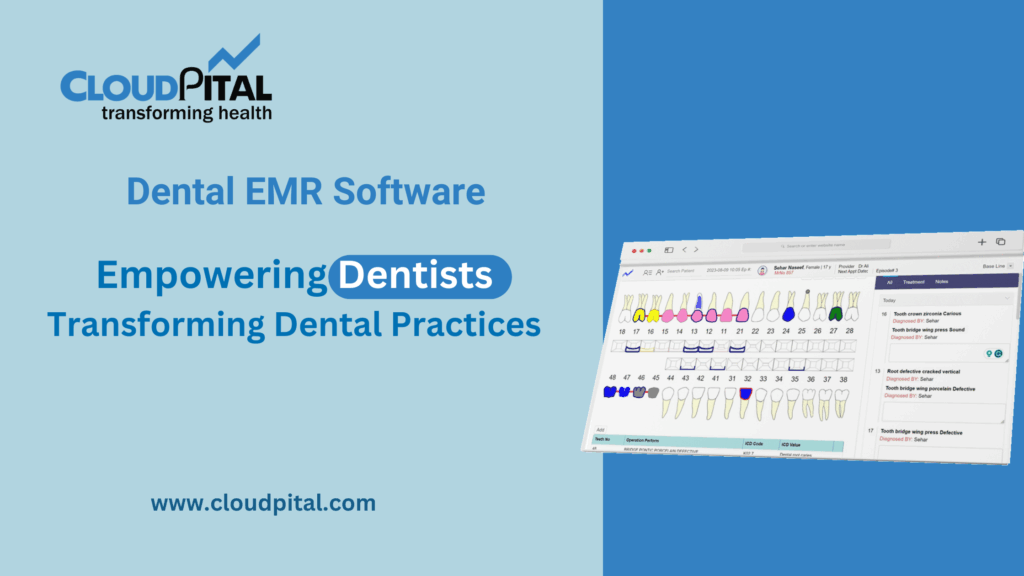Cloudpital # 1 is one of the top Medical Billing is a multifaceted and complex process that requires a variety of key components that are working together to ensure an accurate reimbursement for the medical services offered to patients. From the registration of patients to claims submission and reconciliation of payment every element plays an important function in supporting the financial transactions between insurance companies as well as patients. In this complete guide, we will explore the most important elements that comprise the process of medical billing, their roles, and their significance for the management of revenue cycle in healthcare.
Click to Start Whatsapp Chatbot with Sales
Mobile: +966547315697
Email: sales@cloudpital.com
Cloudpital # 1 Medical Billing

Patients Registration Information and Demographics
The process of Medical Billing starts by registering the patient during which vital data about insurance and demographics are recorded and validated. The forms for registration of patients record information such as the name of the patient and dates of birth, addresses, information, insurance coverage and policy information. A complete patient registration will ensure that the correct billing information is associated with the patient’s medical record and helps facilitate smooth processing of claims and reimbursement.
Eligibility and verification of insurance
Following registration of the patient medical billers check the insurance coverage of the patient and ability to pay in order to establish the scope of coverage for particular procedures and services. Insurance verification entails confirming the insurance policy of the patient as well as the date of coverage’s effective and policy limits as well as co-payments, deductibles and any pre-authorization obligations. Verifying insurance eligibility can help prevent the denial of claims and makes sure that patients are aware of their financial obligations prior receiving any services.
Medical Coding
Medical Coding is a crucial element of the medical billing process in which diagnoses, procedures and treatments offered to patients are converted into standard alphanumeric codes. Medical coders assign the appropriate codes with code sets like CPT (current Procedural Terminology (CPT), International Classification of Diseases (ICD) along with the Healthcare Common Procedure Coding System (HCPCS). Correct coding is crucial for making sure that claims are correctly compensated and in line with the legal requirements, and reflects the depth and precision of the services provided.
Charge Capture
Charge capture is the process of recording and recording all billing-related procedures, services, and the supplies that patients receive at the time of their appointment. Medical Billing providers record the billable costs in the patient’s electronic medical file (EHR) also known as a charge capture software, which includes specifics like the day of service, the service codes units, modifiers, and. Accurate charge capture assures that all services billable are properly documented and are included when billing is completed, thus maximizing the revenue potential while avoiding overbilling or unintentionally charged charges.

Claim Preparation and submission
After medical coding and charge capture are completed medical billers then prepare and submit their claims to insurance companies and other third-party payers to be reimbursed. Claim forms include details about the patient, the service provider services, diagnose codes as well as procedural codes. Appointments Scheduling confirm the accuracy of claims as well as attach any documents and then submit the claim via paper or electronically as per the requirements of the payer. A timely and precise submission of claims is crucial for speeding reimbursement and reducing payment delays.
Claims Processing and adjudication
Following the submission of claims insurers or payers evaluate and adjudicate on the claims in order to determine coverage amount, coverage, and eligibility for reimbursement. The claims are reviewed in a thorough process whereby payers check the accuracy of the claim, verify code errors, determine medical necessity, and then apply an agreed-upon rate of payment. Claims that have been adjudicated are processed and the decision to pay or deny are sent by the health provider. The processing time for claims varies based on the policy of the payer, claims complexity, and other aspects.
Payment Reconciliation and Posting
After receiving payments from insurance companies or payors, the medical billing companies make payments to patient accounts, then reconcile payments with charges billed, and update financial records to reflect the. The process of posting payments includes recording the payment amounts, making adjustments to the posting or write-offs and the allocation of payment to particular claims and accounts. Reconciliation makes sure that the amounts received match the amount of charges charged and any discrepancies are dealt with promptly in order to ensure complete financial documents.
Denial Management and Appeal
When claims are either denied or denied in part Mobile EHR participate in appeals and denial management procedures to settle claims issues and recover payment denied. Denial management is the process of analyzing claim denials, finding the reason for denials and taking appropriate steps in appeals against denied claims. Appealing could involve the submission of additional documentation, addressing the coding differences, or challenging denied decisions via the formal channels for appeals. Effective management of denials helps reduce the loss of revenue and maximize the reimbursement of healthcare services.
Patient Payments and Collections
When insurance claims are accepted, patients receive statements, invoices or invoices for any outstanding balances that are not insured by the insurance. Medical billers create invoices for patients, communicate with patients regarding outstanding balances and payments options and manage collection activities for balances that are not paid. Collections and billing for patients ensure that patients are aware about their financial obligations and help facilitate payment arrangements and assist in recovering unpaid balances in order to assist with the revenue cycle management.
Reporting and Analyzing
Analysis and reporting are crucial aspects of the process of medical billing that provide insight into the performance of billing as well as revenue trends, claim denials or reimbursement percentages. Medical billing systems create dashboards and reports which highlight the most important performance indicators such as claims submission rates and denial rates, accounts receivables aging, and revenue collection. Reporting tools allow healthcare institutions to track the efficiency of billing, pinpoint areas of improvement and make informed decisions to improve the management of revenue cycles.
Conclusion
In the end the process of medical billing comprises a variety of interconnected elements which work in tandem to ensure an accurate reimbursement of medical services that patients receive. From registration of patients and insurance verification, to claim preparation, payment post-payment, as well as denial administration, every part is essential to improving revenue cycle management and sustainability of the healthcare industry. By following best methods, using the latest technology and staying in conformity with regulations medical billers are essential to the efficiency of operations and the financial well-being of healthcare.
Click to Start Whatsapp Chatbot with Sales
Mobile: +966547315697
Email: sales@cloudpital.com
Medical Billing
Medical Billing
Medical Billing
What are the primary components of the Medical Billing process? similar software solutions prices were updated on 2025-07-11T05:51:08+00:00 in Saudi Arabia in Mecca, Medina, Riyadh, Khamis Mushait, Yanbu, Jeddah, Dammam, Unaizah, Uqair, Ha’il, Ta if, Al Bahah, Dhahran, King Abdullah Economic City, Najran, Diriyah, Qatif, Khafji, Jubail, Abqaiq, List of Cities and Towns in Saudi Arabia, Ras Tanura, Turubah, Jazan Economic City, Knowledge Economic City, Medina, Khobar, Abha, Tabuk, Saudi Arabia, similar software solutions prices were updated on 2025-07-11T05:51:08+00:00 We also provide in Saudi Arabia services solutions company in Hafar Al-Batin, Udhailiyah, Al-Awamiyah, Hofuf, Hautat Sudair, Buraidah, Tayma, Duba, ‘uyayna, Saihat, Al-Kharj, Al-ula, Jizan, Rumailah, Ar Rass, Arar, Shaybah, Al Majma’ah, Rabigh, Dhurma, Haradh, List of Saudi Cities by Gdp Per Capita, Badr, Sudair Industrial City, Baljurashi, Shaqraa, Al-Khutt, Habala, Ad Dawadimi, Dawadmi, Layla, similar software solutions prices were updated on 2025-07-11T05:51:08+00:00 Price is SAR 100 and this was updated on updated on 2025-07-11T05:51:08+00:00 similar What are the primary components of the Medical Billing process? software solutions prices were updated on 2025-07-11T05:51:08+00:00 in Saudi Arabia in Haql, Afif, Al-Abwa, Farasan, Al-Jaroudiya, Thadig, Al-Thuqbah, Al Wajh, Almardmah, Al-Zilfi, Muzahmiyya, Prince Abdul Aziz Bin Mousaed Economic City, Tharmada’a, Skaka, Um Al-Sahek, Sharurah, Tanomah, Bisha, Dahaban, Al Qunfudhah, Qurayyat, Saudi Arabia, Ha’ir, as Sulayyil, Al Lith, Turaif, Al-Gway’iyyah, Samtah, Wadi Ad-Dawasir, Az Zaimah, Safwa City, Jalajil, Harmah, Mastoorah, Hotat Bani Tamim, Jabal Umm Al Ru’us, Rafha, Qaisumah, Al-Ghat, Hajrah, Al-Hareeq. Excerpt: Jeddah (also spelled Jiddah, Jidda, or Jedda; Arabic: Jidda) is a Saudi Arabian city located on the coast of the Red Sea and is the major urban center of western Saudi Arabia similar software solutions prices were updated on 2025-07-11T05:51:08+00:00 Price is SAR 100 and this was updated on updated on 2025-07-11T05:51:08+00:00
14-2-2024




